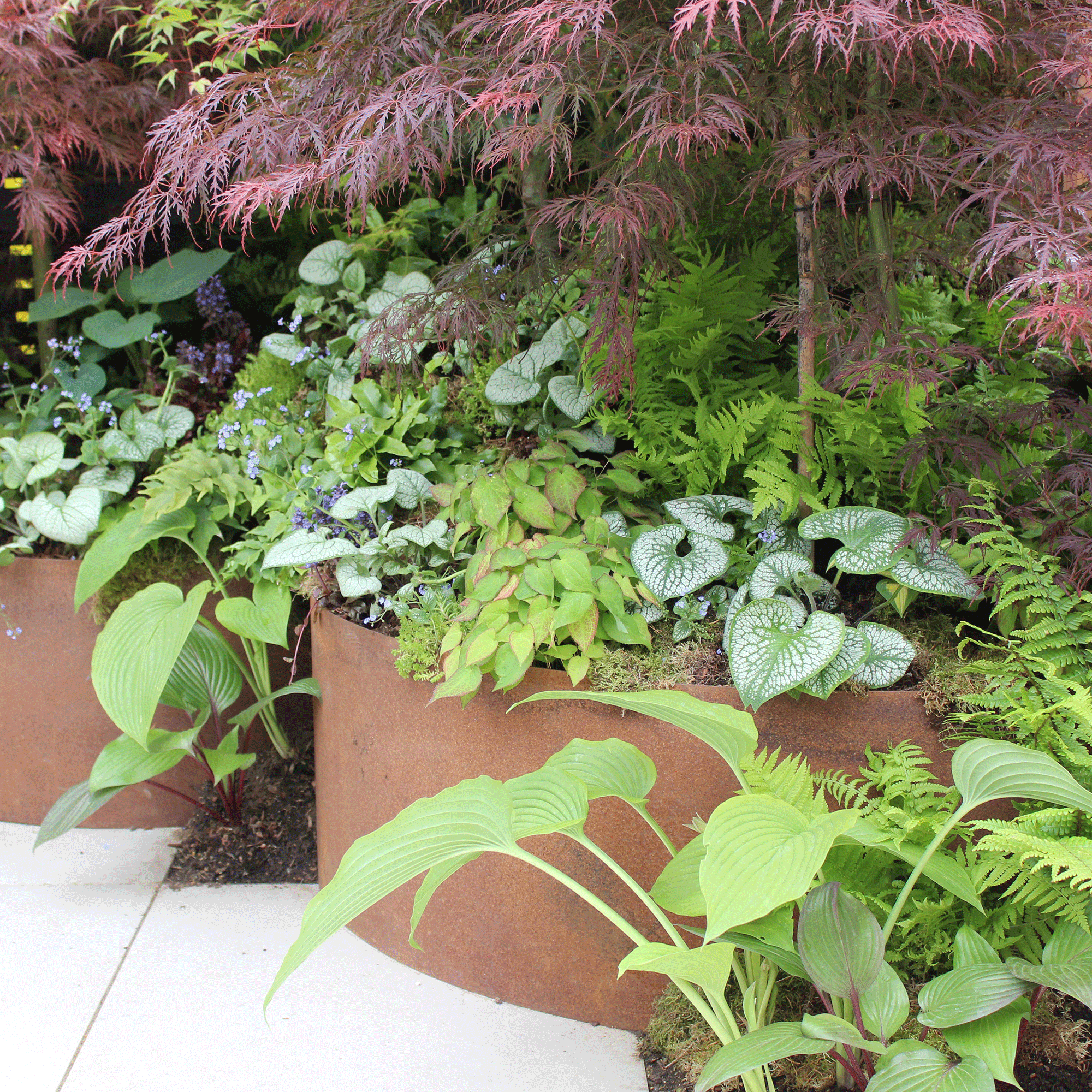
Container garden mistakes probably don’t keep you awake at night, but if you want to add more colour to your outside space, you definitely need to consider them.
Of course, if you’re limited on space, researching the best small garden idea for you, your family, and your garden is key. But in most cases, opting for a container garden idea will definitely work in your favour. This way, you can make the most of any available space - no matter whether that’s a small balcony, a tiny patio, or a small portion of free space by your front door.
As you don’t need to dig into the ground, container gardens offer a wealth of opportunities to grow everything from stunning blooms to your own fruit and veg. But you need to be careful when starting a container garden, as it’s very easy to make these container garden mistakes.
Container garden mistakes
‘Container gardening is when you plant in containers (plant pots, trays, etc) instead of planting directly into the ground,’ explains Steve Chilton, garden expert at LeisureBench. ‘This is beneficial for many gardens, and offers a lot of benefits such as easier care and less garden space needed. However, there are many mistakes that are commonly made when it comes to container gardening.’ Below are some of the most common.
1. Underwatering or overwatering your plants
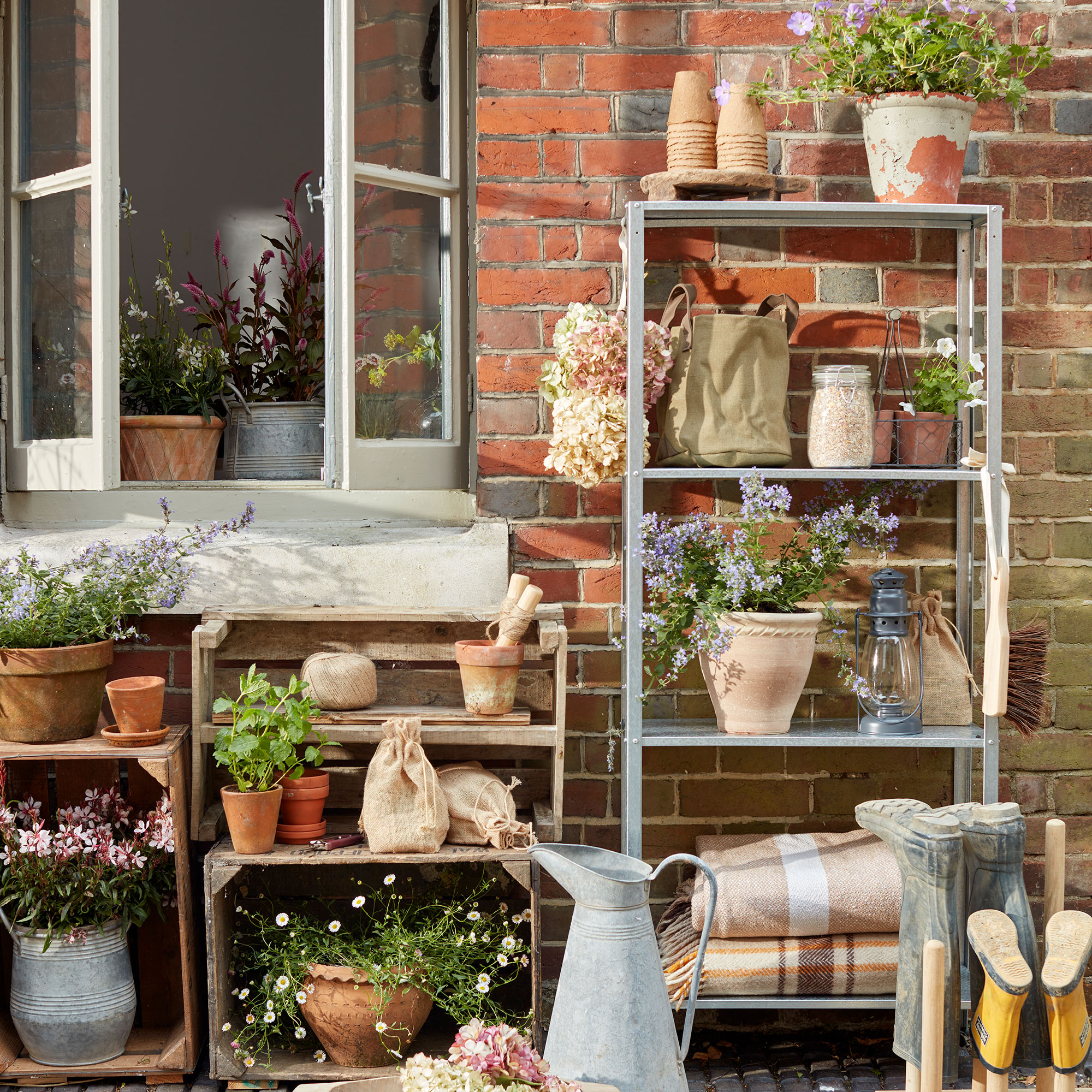
When you plant directly into the ground (for example, in your garden borders), you benefit from soil that offers natural drainage. But drainage becomes a little more complicated when you plant in containers.
In fact, one of the biggest container garden mistakes people make is underwatering or overwatering their plants because they don’t understand the intricacies related to container drainage.
With limited airflow and drainage, plants in container gardens often suffer root rot and fungal growth. To avoid this, it’s essential to plant into containers that have at least one drainage hole. If you can, opt for containers with multiple drainage holes.
Contrary to popular belief, you should also avoid filling the bottom of your container with gravel. Although many believe it helps drainage in pots, it can actually make the soil even soggier.
Steve adds, ‘Plants growing in containers often require different levels of moisture to those growing in the ground. As a general rule of thumb, you should only water your container plants when the top layer of soil feels dry, unless stated otherwise (some plants need to be kept damp without the top layer drying out).’
2. Choosing incompatible plants
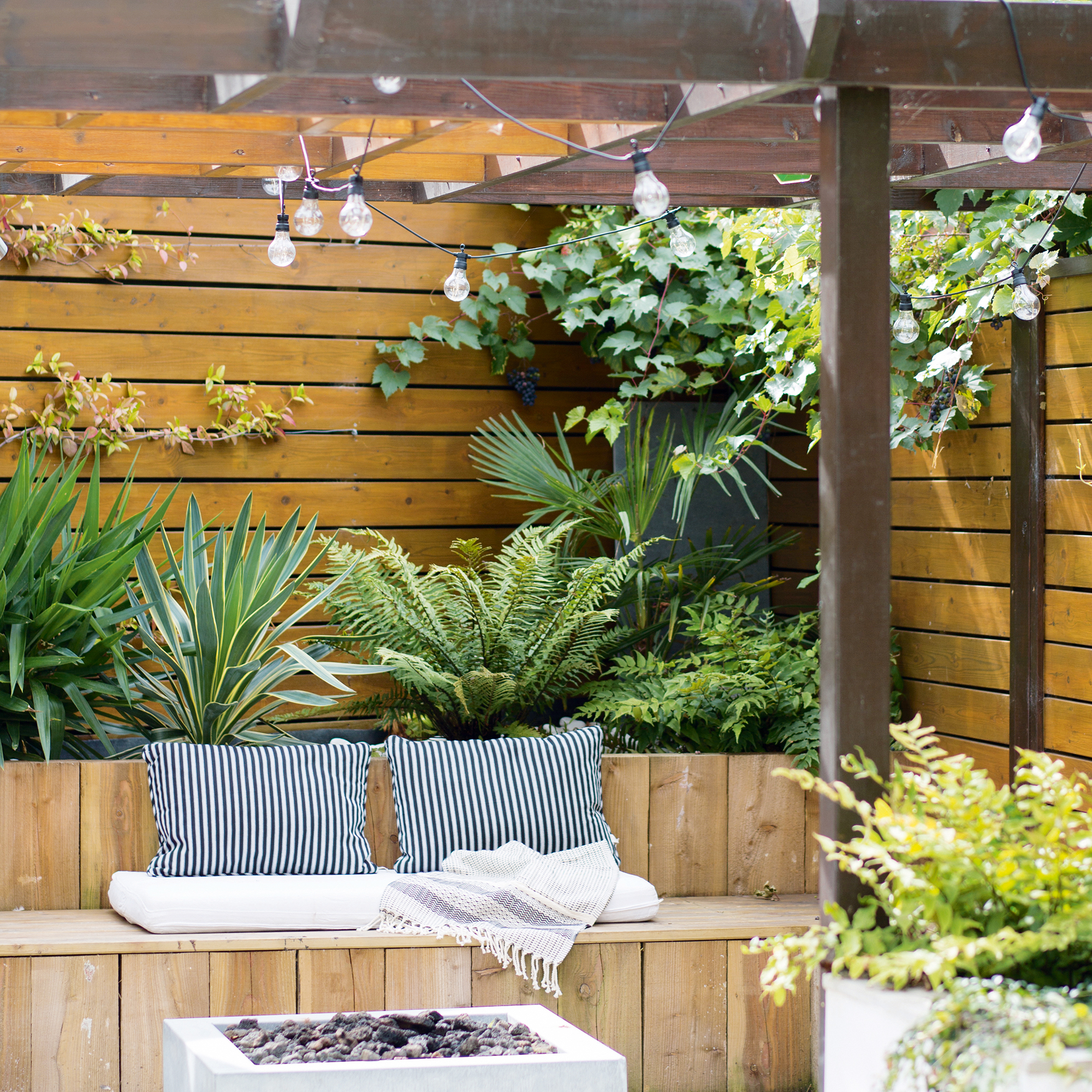
When planning a container garden, you may feel inclined to group together a number of different plants in one pot. And while this can create a visually appealing focal point when arranging pots in the garden, you need to make sure that you’re choosing compatible plants.
‘Every plant requires a certain level of sunlight, water, etc. in order to survive, and this doesn't change just because a plant is potted instead of being in the ground,’ says Steve. And putting two incompatible plants together could result in one thriving and the other barely surviving. So, it’s important to research their specific needs.
For example, sun-loving plants will thrive in a south-facing garden and bring your Mediterranean garden ideas to life. But if you put these sun-loving plants in the same container with shade-loving plants, your container garden won’t be as healthy or as happy as you’d like.
With this in mind, you also need to make sure that you don’t overcrowd your containers. If your plants are having to compete for survival, it’s highly unlikely that they’ll last the summer.
3. Planting in the wrong-sized container
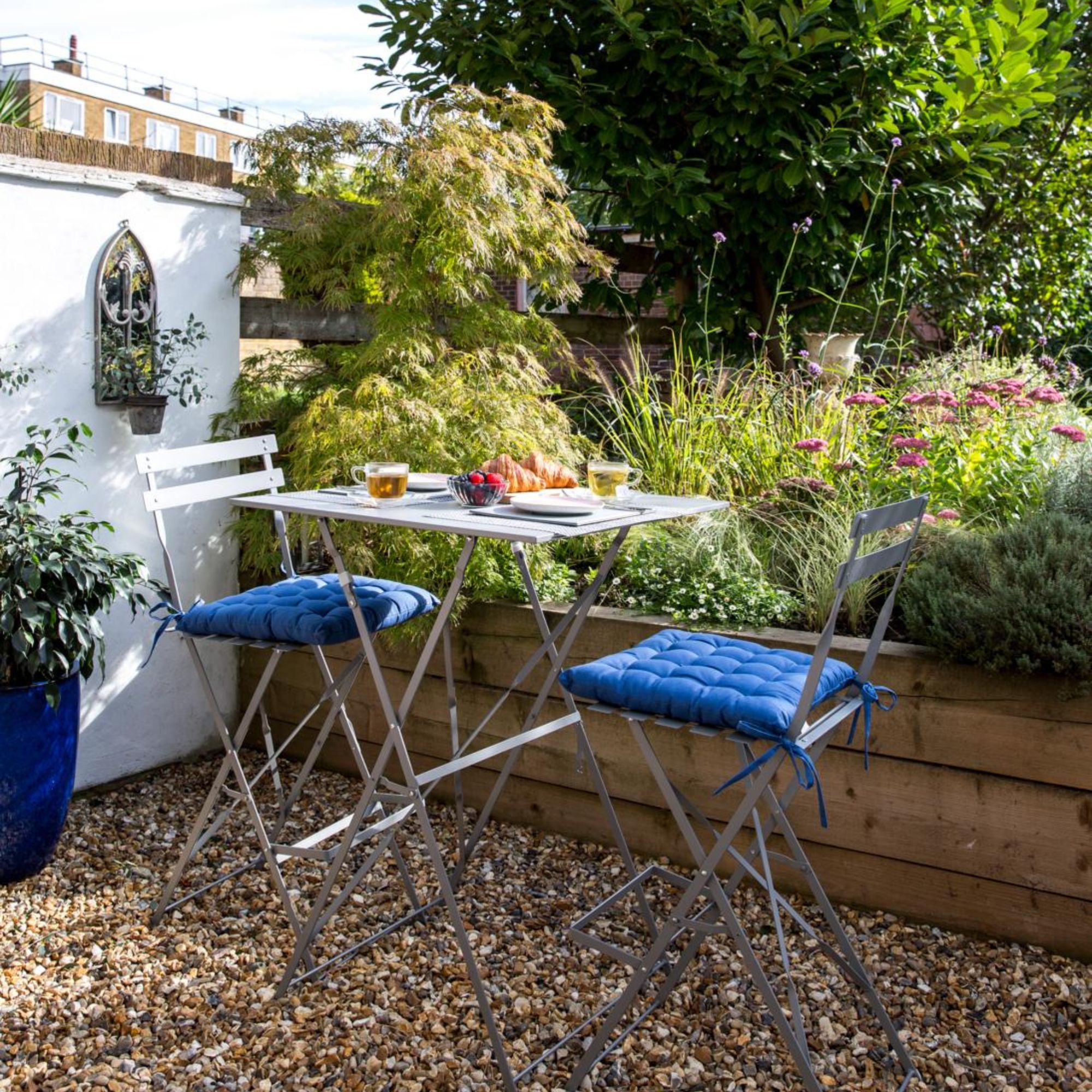
One trip to the garden centre will show you that there are so many beautiful containers out there. However, a big mistake many people make in container gardens is choosing a container based on its looks without considering its size.
‘You should always make sure to choose containers that are appropriate for both the size of the plant you're growing and the type of plant that you're growing. If your container is too small, then the plant won't be able to grow effectively and healthily,’ says Steve.
On the other hand, your plants will likely become waterlogged and suffer root rot if you opt for a pot that’s too big.
Ideally, you need to find the “sweet spot” when it comes to container size, and most experts would suggest choosing pots that are around 1-2 inches bigger than the root ball of the plant. Then, you can increase the size when the plants start to grow.
4. Using the wrong type of soil
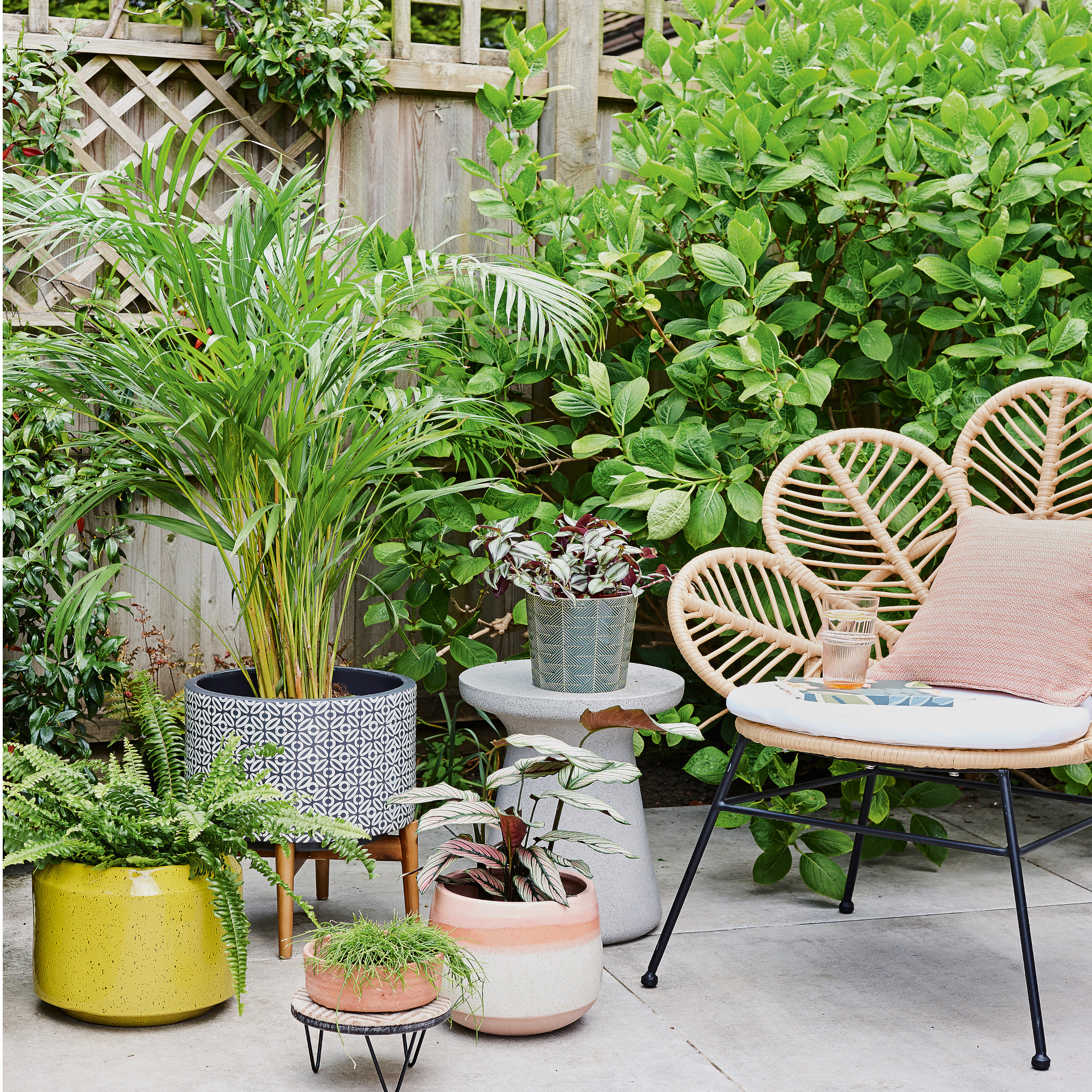
A container garden is only as good as the soil within the containers, and using the wrong type of soil is a common mistake that many novice gardeners make when starting their container garden. So, what should you use?
Well, most experts would advise buying new, well-draining soil for a container instead of using soil from your garden. You shouldn't use leftover soil from when you levelled your lawn, for example.
‘If you use regular garden soil in containers, it's likely that you're going to wind up with poor drainage and dense, compacted soil with little airflow,’ says Steve. ‘This is a problem, and will have a negative impact on your plants, so I recommend always using a specific potting mix that's designed for use in pots and containers.’
‘This will be a lightweight soil that's well-draining, decreasing the chances of your potted plants becoming waterlogged.’
But the exact soil type you need really does depend on the plants that you’re looking to grow in your containers. If you want to create a succulent garden, you should opt for gritty soil with excellent drainage.
On the other hand, tropical plants prefer moisture-rich soil, so adding coconut coir like this COCO & COIR Coco Soil Coconut Fibre from Amazon to your compost is always a good idea.
5. Forgetting to fertilise
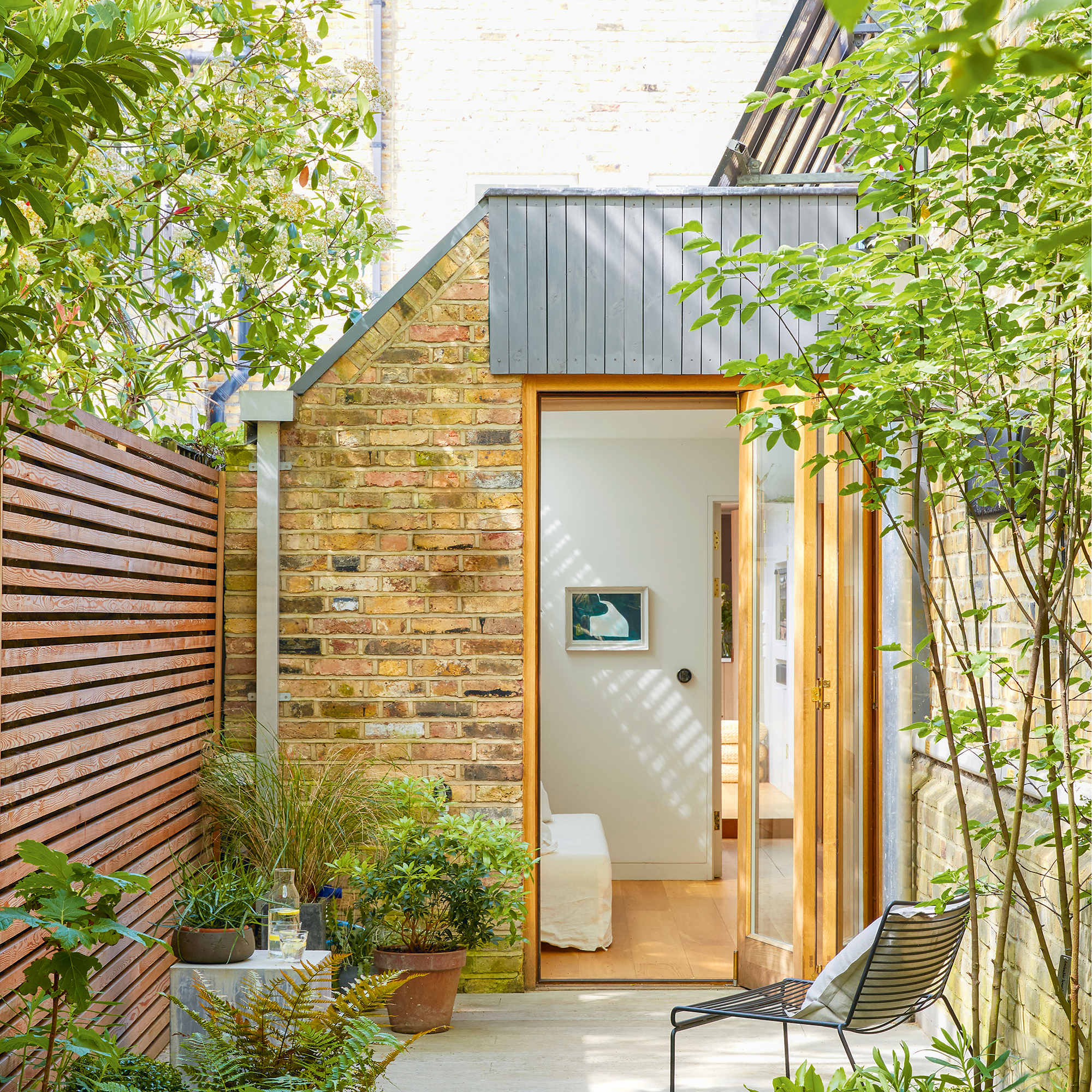
While plants can certainly adapt to growing in containers, some plants struggle with the limitations of a container. Because of this, their growth may be stunted, they may look a little lacklustre, and they may lack serious nutrients.
That’s why fertilising your container garden regularly should be at the top of your to-do list, and forgetting to do so is one of the biggest container garden mistakes you can make.
Kate Turner, Gardening Guru at Miracle-Gro says, 'Keep an eye on plants in pots all year round but especially during a long dry spell as they will need watering more often, making sure you feed weekly as this makes the plants stronger and more able to withstand drought.'
Of course, we understand that fertilising can take time and money. That’s why most experts would advise using a water-soluble fertiliser (like this Miracle-Gro All Purpose Soluble Plant Food from Amazon) that can be added as part of your watering schedule.
6. Not giving the plants enough TLC
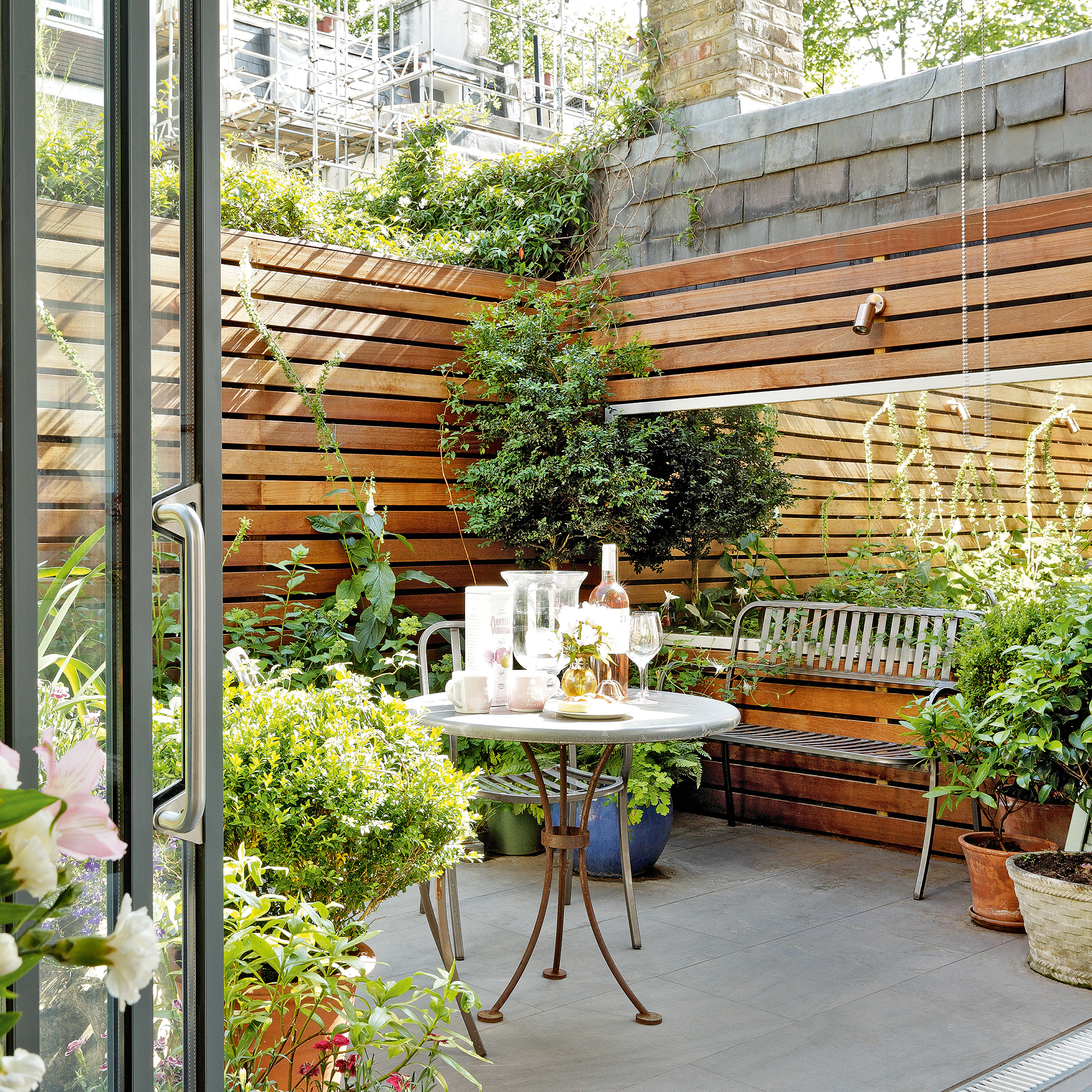
It’s easy to assume that container gardens can be left to their own devices. But container plants need just as much TLC as your in-ground plants. In fact, you could argue that they need more.
If you want to maintain a happy and healthy container garden, inspect your pots regularly and consider their pruning, deadheading or weeding requirements.
Getting rid of weeds is especially important for those with a container garden, as you don’t want your plants to compete with them for vital nutrients. The same goes for deadheading, as the plants will waste energy on spent flowers when they could be using that energy to grow bigger and bolder.
7. Failing to think about arrangement
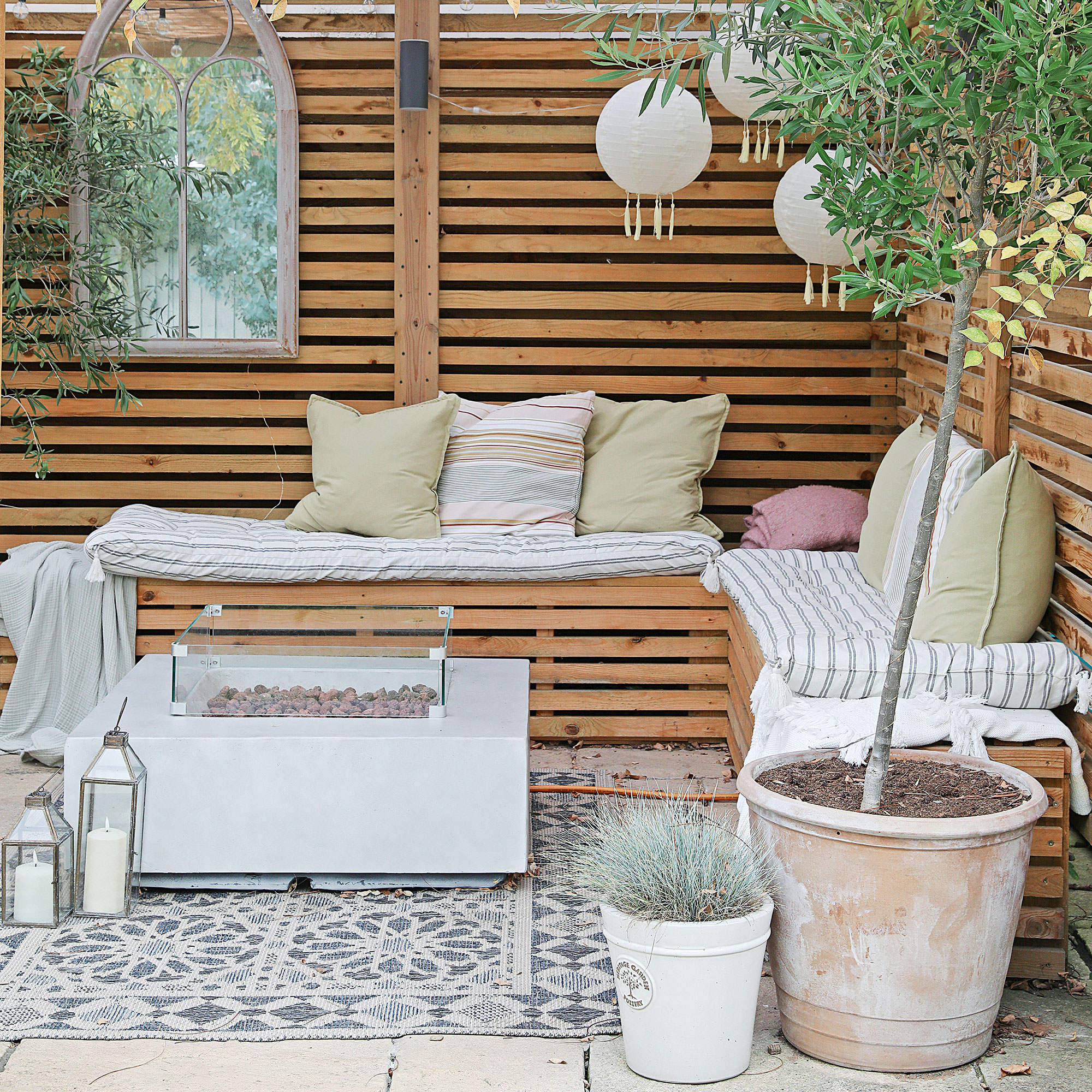
Container gardening allows for a lot of flexibility in terms of design, but that doesn’t mean that you shouldn’t think about arrangement at all.
Whether you’re looking to arrange pots on a patio or spread them out throughout the garden, it’s important to consider aesthetics and practicality. To do this, you could ask yourself questions like: Will all of my containers get enough light? Will the height differences work? Will the containers match the seasons?
Steve urges, ‘Make sure that you place your pots in appropriate locations for sunlight/shade, and remember that different plants have different requirements. I recommend placing plants with similar requirements close together, just so it's easier to look after them all.’
Not only that, but it’s also a good idea to choose an arrangement that suits you. ‘Remember, you're going to have to water your plants in containers, meaning that it's ideal if the containers are closer to a water source, so you don't have to walk too far with heavy water,’ adds Steve.
‘This is especially important if you might not be able to carry heavy things for extended periods of time, so I recommend always placing containers as close to a water source as possible.’
If you want to avoid a container garden mistake, we’d always suggest planning out your container garden before buying or planting everything. That way, you can be sure it’s going to work.
FAQs
What is the most common mistake made with container plants?
The biggest container garden mistake you can make is not giving your plants enough drainage. When plants aren’t planted in the ground, you need to take extra steps to ensure they’re not overwatered or underwatered, and choosing the right pots is key.
You need to make sure that your containers and pots have at least one drainage hole, but, ideally, it should have even more than that. You should also avoid putting gravel in the bottom of your containers.
What is a disadvantage to container gardening?
Container gardens often require more maintenance than in-ground gardens. Although you can often leave your in-ground plants to their own devices, you need to regularly check on your container garden to ensure they’re not outgrowing their pots, they’re receiving enough light and water, and they’re positioned in the right place.
If you’re looking for a low-maintenance garden, container gardening might not be the best option for you.
If you avoid these container garden mistakes, your plants should thrive.







